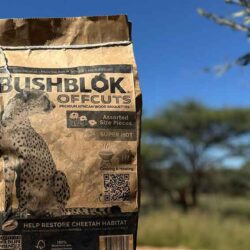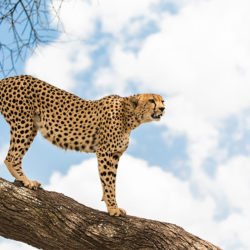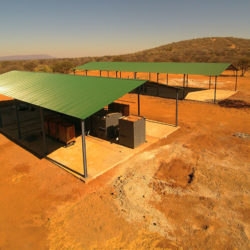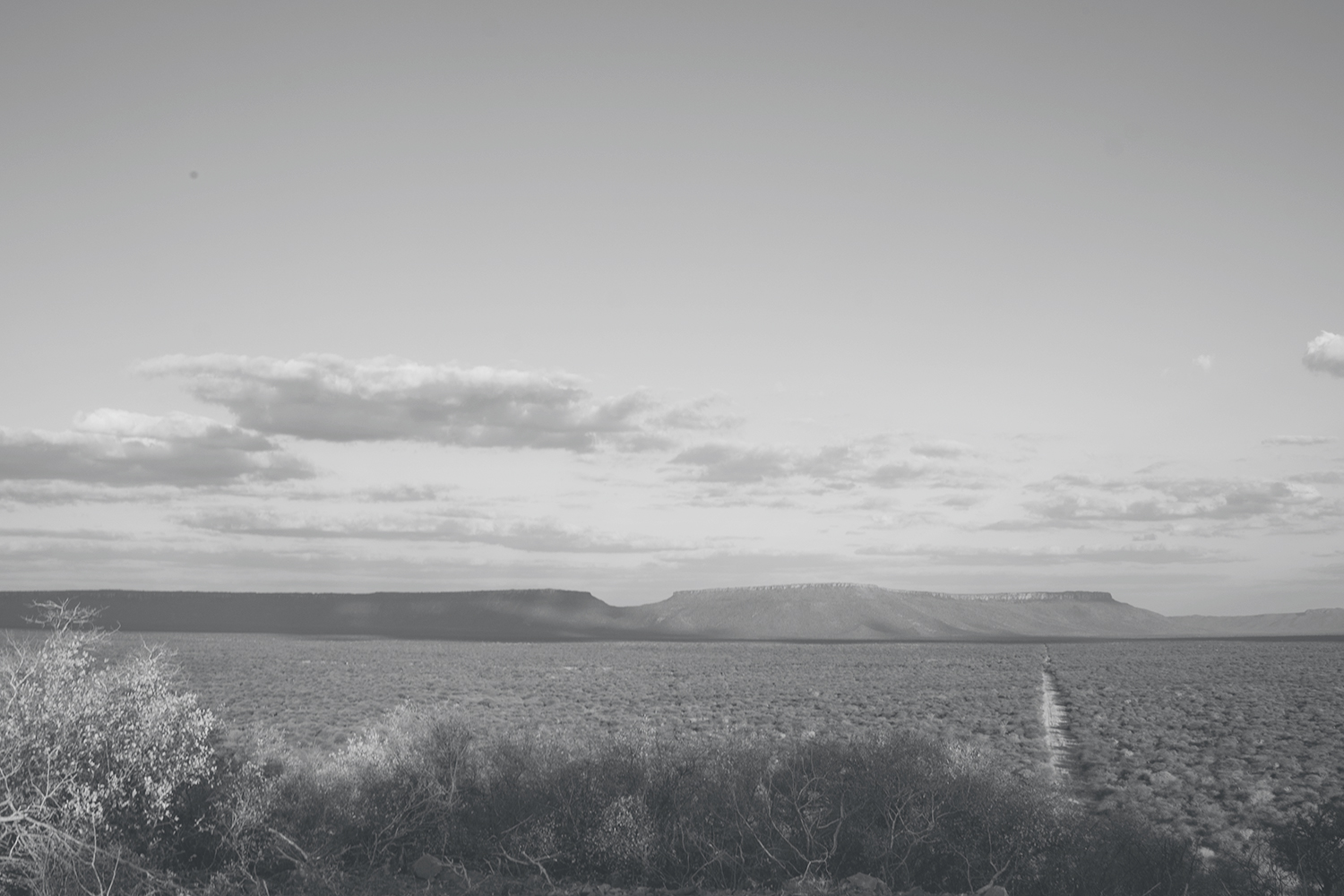Chipping Away at Bush Encroachment
-

- by CCF Staff September 5, 2012
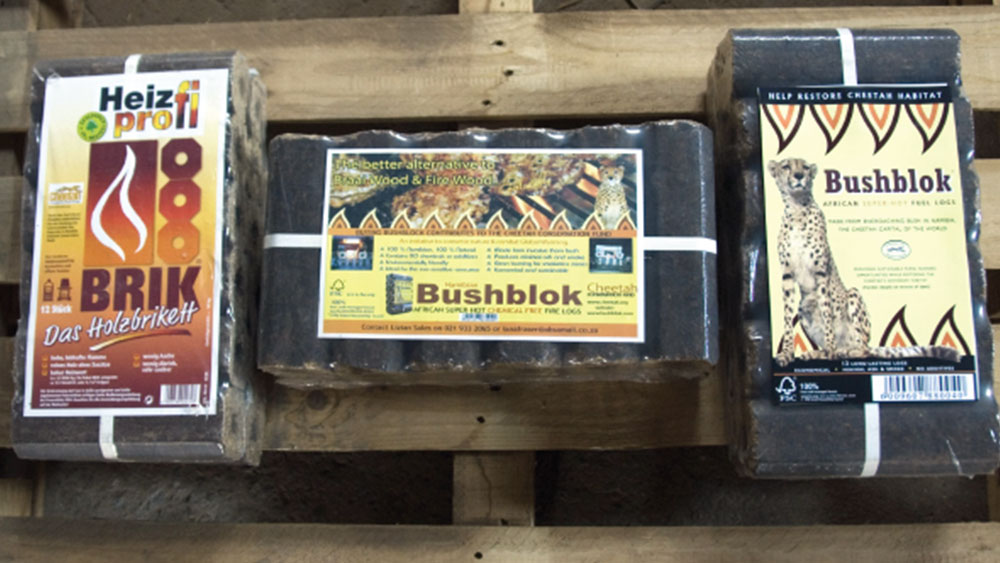
Namibia is known to support the world’s largest free-ranging cheetah population. The matrix farmland supports diverse land uses, of which livestock and game farming are the most prominent types. Namibia has significant amounts of biodiversity, endemism and scenic landscapes, which are universally recognized. Over the past century, most of the savannah habitat has been altered due to farming, which has resulted in bush encroachment – a phenomenon described as the thickening and increase in the density of native trees/shrubs.
Cheetahs are adapted to hunt by making use of speed, with records showing 110km/hour. Hunting at such speed through thickened bush is nearly impossible due to energy expenditure and ease of movement. In addition, cheetahs can sustain injuries as a result of bush encroachment. Large grazers also suffer in these areas because of the lack of adequate forage. In order to address this problem, CCF has embarked on a habitat restoration project aimed at thinning encroached areas for the benefit of cheetahs and other biodiversity candidates.


In heavily encroached regions, CCF harvests Acacia biomass that dries in the sun and eventually turned into wood chips. These raw chips are transported to a factory in Otjiwarongo (city ~40km from CCF Namibia) where they are put into a hammer mill to form a fuel log. The manufactured product, known as Bushblok® is widely known as a wood briquette on the international market. The mission of Bushblok® is to enhance the long-term survival of the cheetah and other key Namibian wildlife by developing a habitat improvement program that is ecologically sound and economically viable.
Harvested areas are monitored continuously to determine impacts and responses of the methods applied towards the local environment. These results are used to signal what needs to be improved and what can be improved.
Related Reading
-
November 5, 2021
Climate Change and Cheetahs -
January 15, 2017
Biomass Technology Demonstration Centre
